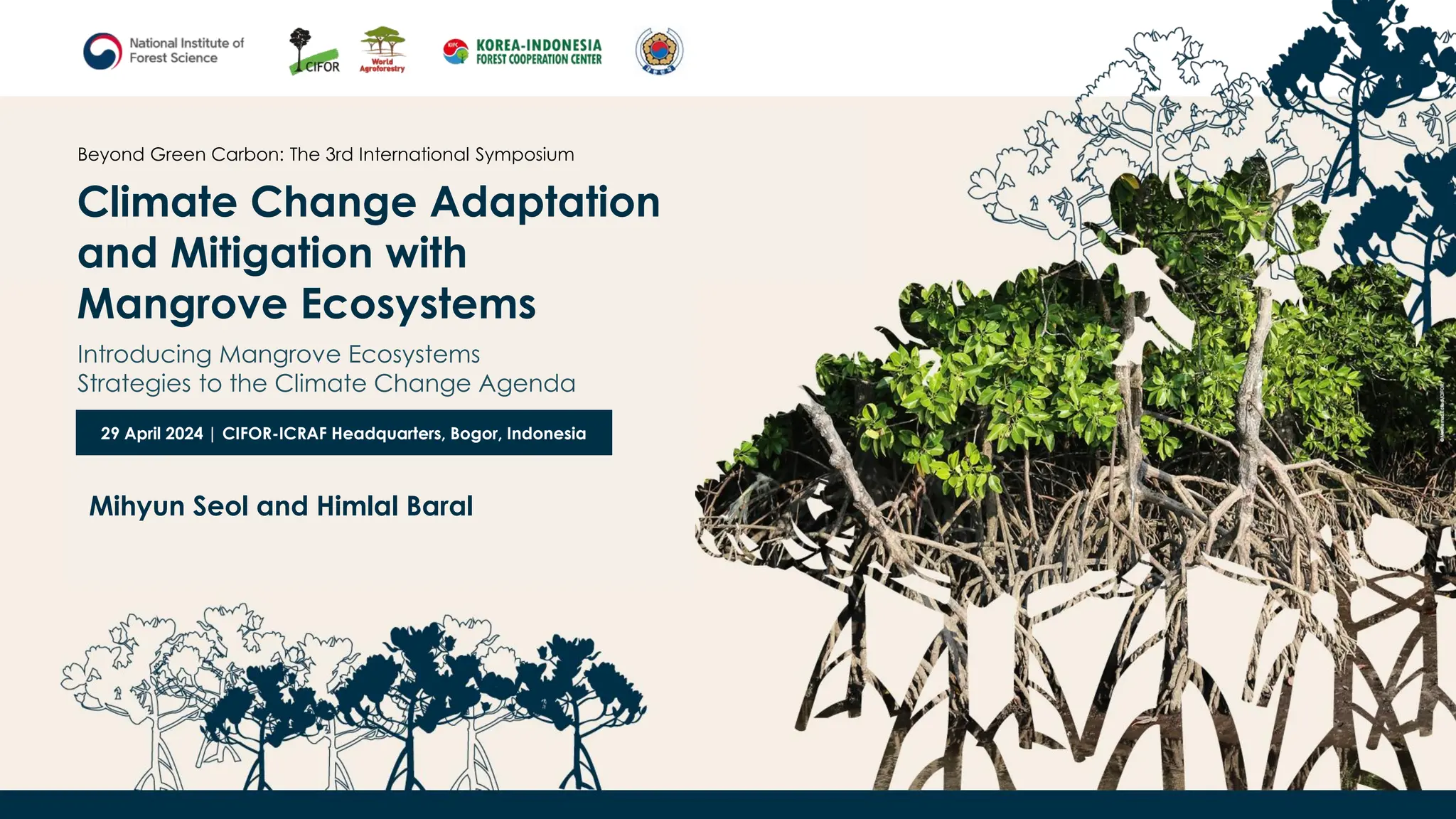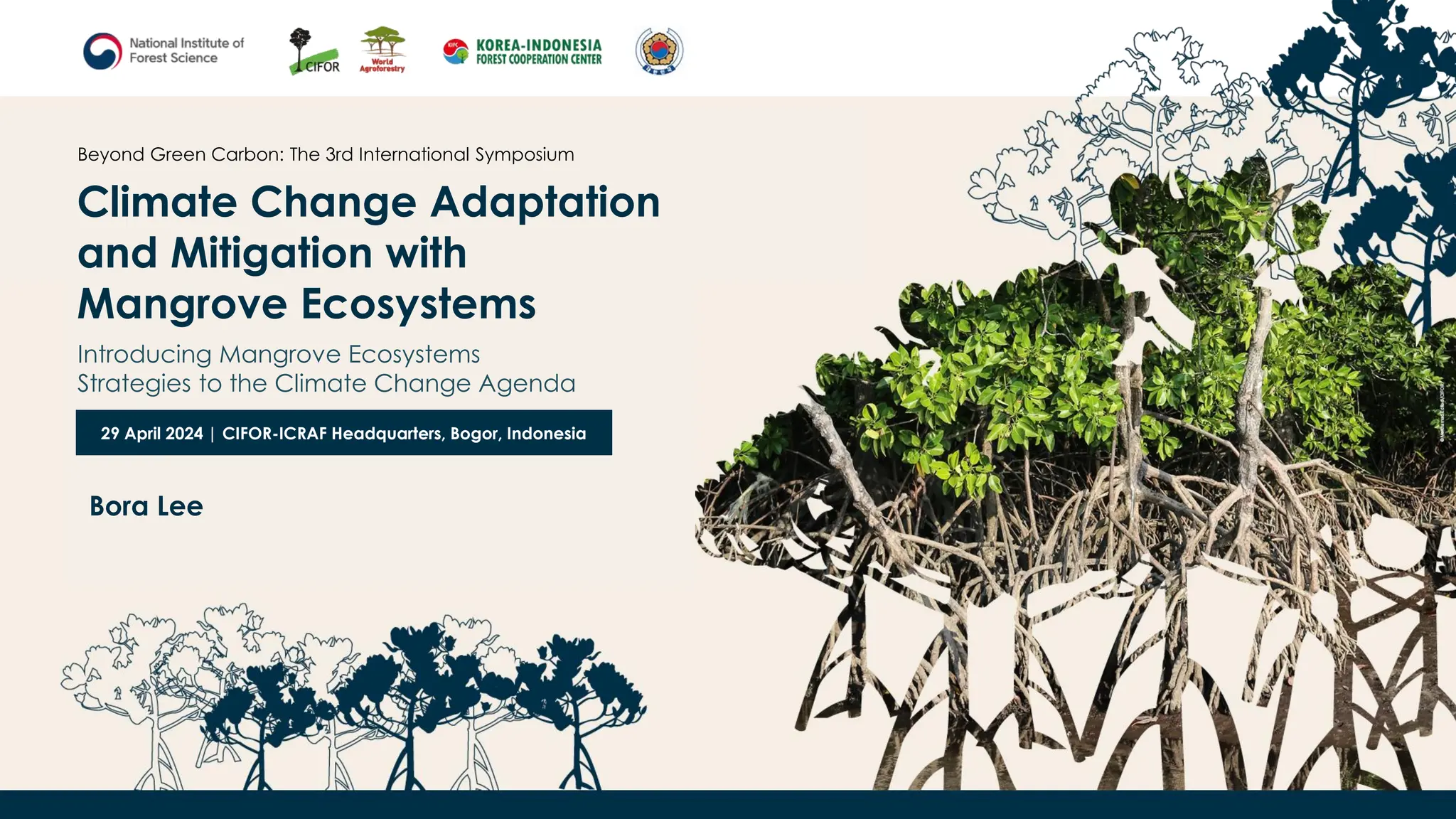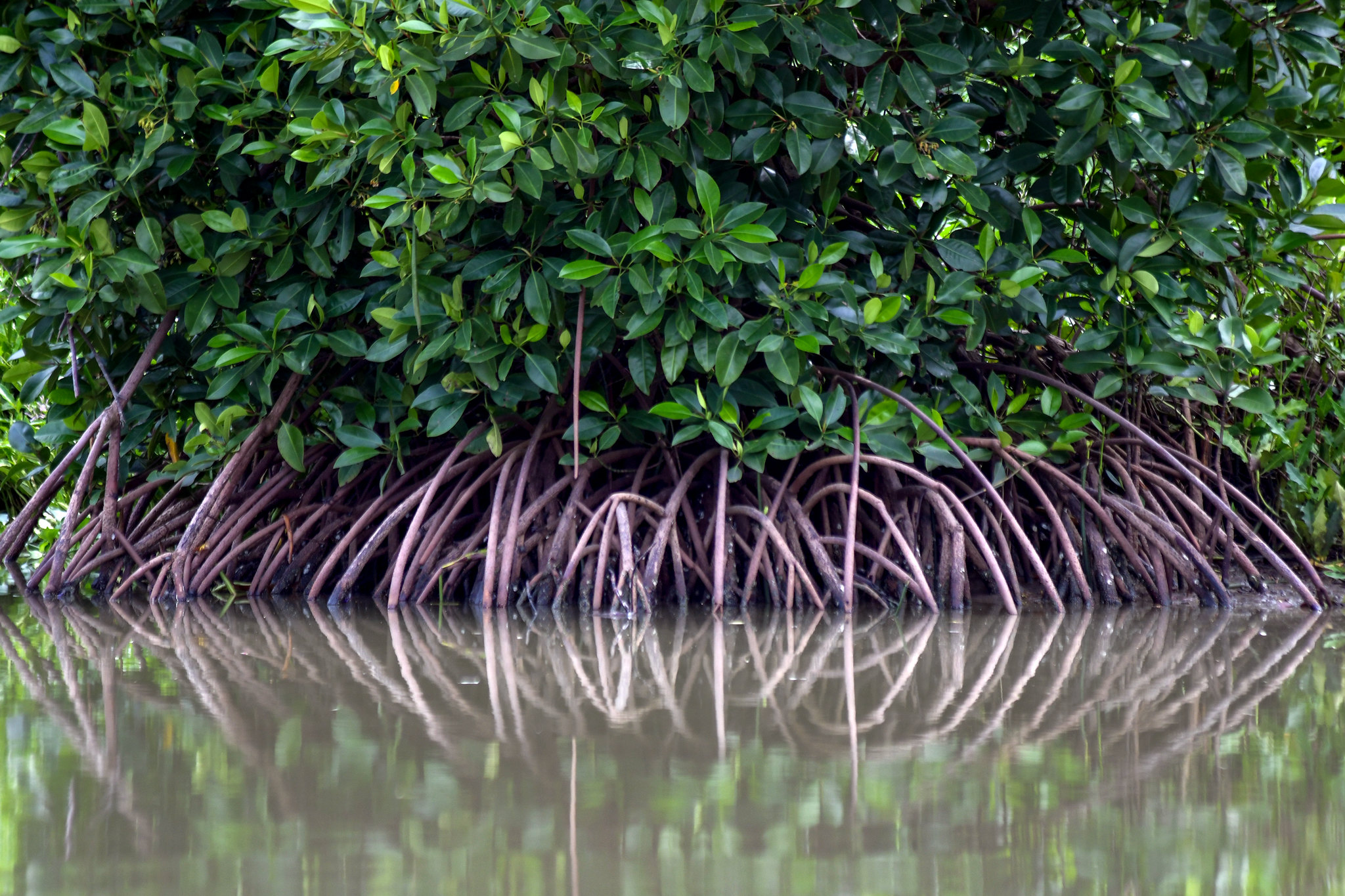Description
Mangrove ecosystems are among the most ecologically and socially valuable on the planet. Their global, national and local benefits are disproportionate to their size. Globally, they store 300-500% more carbon per unit area than any other terrestrial ecosystem while also helping to conserve biodiversity; nationally, they help prevent floods and storm surges; and locally, they provide ecosystem services that are essential for providing key food resources and income for local, often poor, communities. These ecosystems are also disappearing at an alarming rate with strong negative implications for climate change along with increased risk of damages from national disasters and deteriorating food security and nutrition for local communities.
In this project CIFOR aims to contribute to addressing these issues by informing the policy community and practitioners on how and to what extent mangrove ecosystems provide carbon sequestration, storage and ecosystem services.
For this, the main objectives of the project are:
• To quantify the environmental assets, including carbon sequestration capacity and associated ecosystem services, of various types of mangrove forests; and
• To identify promising mangrove species for coastal landscape restoration and carbon sequestration and establish research and demonstration sites in Bali, Indonesia.



























